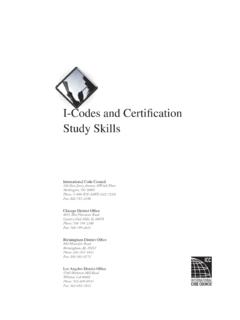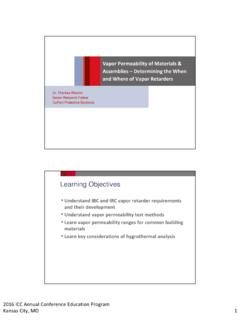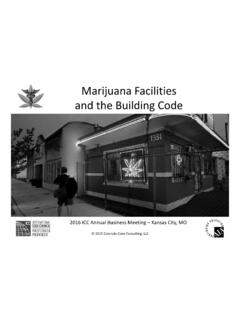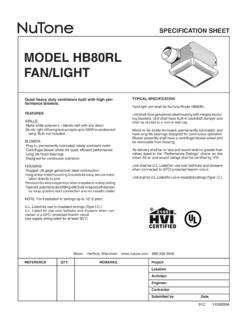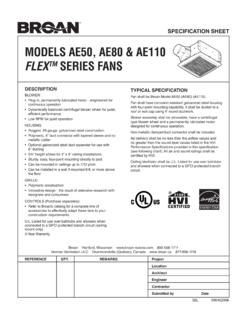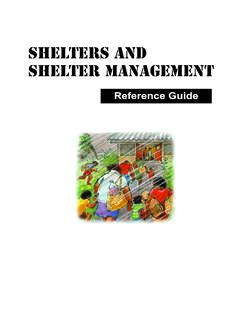Transcription of Accessible Showers: The Devil is in the Details
1 Where bathing facilities are provided, the International Building Code (IBC) requires that at least one is Accessible according to ICC Options include a transfer shower , roll-in shower , alternate roll-in showers, bathtubs with removable seats, and bathtubs with fixed seats. Provisions for Accessible bathing facilities, including those in recreational facilities and Accessible units, are the same. With the exception of planning for grab bars and seats to be installed later, provisions for bathing facilities in a Type A units are also the same. type b units require much less. To limit this discussion, I would like to examine Accessible showers.
2 Some of the provi-sions discussed will not apply to showers within type b units, such as stall size, thresh-olds and access to article will go into the reasons behind the requirements and some common difficul-ties encountered with installing shower stalls. Some of these issues are not addressed specif-ically in the standard, so portions of this discussion are interpretations or will pose questions. By Kimberly Paarlberg, RA, ICC Senior Staff ArchitectAccessible Showers: The Devil is in the Details53 OCTOBER 2015|| Accessible Showers: The Devil is in the Details continuedIt is often the small Details that can be difficult or challenging.
3 These Details , particularly with installation, can be a concern when trying to meet requirements in the Stall size, grab bars and control location and the reasons behind 36x36-inch dimensions for transfer showers are measured at the center of the shower stall to allow for pre-molded shower stalls. When pulling a mold out of a form, the shape needs to be slightly narrower at the back than at the front. The corners are rounded for better cleaning and for strength. Once a person transfers into the shower , the intent is to allow a person of average size to reach and operate the controls from the seat without difficulty, while providing reasonable knee space for larger transfer-type shower stall is also intended to serve persons without disabilities, so a folding seat would provide the possibility of more space for a standing person.
4 While at what height the stall size should be measured is not given, the intent would be to consider a mid-point in the stall height that is between the knee and shoulder height of a seated person. The stall size should not be measured at the base. The base can have a side or rear curbs, or rounded corners for cleaning. This would not obstruct access at all. The 36-inch (915 mm) minimum width entrance is required so access to the transfer seat is not blocked by side lips rounded in at the entrance. I have been told this is detail is to keep water in the stall. The vertical grab bar ( ) is to assist someone standing when they move into or out of the shower , or if someone needs assistance in standing.
5 The horizontal bar ( ) on the rear wall is for assistance in transferring further into the shower once someone has moved from their wheelchair onto the seat. The horizontal bar on the side wall across from the seat is for if someone needs assistance in standing or for stability when reaching for the controls. The horizontal bars can be two bars or one L-shaped bar. Grab bars should not be located over the seat so that someone could use the walls of the showers to brace themselves. Controls ( ) are required to be located across from the seat and towards the front of the stall so that someone can control the water from the clearance in front of the shower a roll-in shower , the minimum dimensions are 30x60 inches.
6 A roll-in shower is sized to allow a person using a bathing wheelchair to move the wheelchair into the stall. This is consistent with the alcove provisions, since a user is effectively parallel park-ing when moving into the roll-in shower . However, not everyone who uses a wheelchair for mobility issues will travel with (roll-in showers are required in some Accessible hotel rooms) or even own a bathing wheelchair. The 2009 ICC has added the require-ment for all roll-in showers to include a seat ( ). Providing the seat allows for the roll-in shower to also serve as a transfer shower , allowing it to be used by a greater popu-lation than a roll-in shower without a seat.
7 The 2009 ICC allows for much greater freedom in design for roll-in showers. Having a roll-in shower as a corner in a much larger room, such as a gang shower in a locker room or a facility offering assisted bathing, also has been addressed in the 2009 The stall size ( ) is a minimum requirement, so there is no limit on the maximum size of the shower stall/room. The clearance in front of the shower ( ) actually could be inside the shower stall/room. The 2003 required grab bars on three walls, regardless of the size of the stall. With the revised requirements, the maxi-mum required length for that rear wall bar is 48, inches, starting from in front of the seat.
8 No grab bar is required on the wall over the seat, and the grab bar across from the seat is not needed if the wall across is more than 72 inches from the seat wall. There is no requirement for a vertical grab bar in a roll-in shower , but providing one at the shower entry for standing persons or adjacent to the seat on the rear wall would be a nice ame-nity for persons who have stability concerns or need assistance standing and sitting must be located on the rear wall within reach of the seat ( ). While some users have said they don t like not being able to turn on the water from outside the stall, there is always the option of two sets of controls.
9 If someone is confined to the seat, they need to be able to adjust the water temperature and controls from the seat. Section Exception 2 allows for someone to build a fixed seat in a roll-in shower , provided there is space for a wheelchair past the fixed seat. This can be great for aesthetics, as well as providing for a stronger seat. There have been injuries when the person using the seat exceeds the 250-pound load roll-in showers are basically a transfer shower built into the end of what could be a deeper roll-in shower ( ). The reasons for the dimensions are the same was we have discussed for transfer and roll-in showers.
10 The controls can be on the side or back wall, just as long as they are within reach of the Clearances in front of the shower transfer showers, a transfer space is required in front of the stall. This location is 54 OCTOBER 2015|| Accessible Showers: The Devil is in the Details continuedso the back of the person in the transfer space is lined up with the back wall of the shower seat. This will facilitate transfer from the chair to the seat and back. A common mistake is to place walls at both ends of the transfer space to form a type of privacy or dress-ing alcove. A wheelchair cannot move sideways, therefore, the area in front of the transfer shower also must meet the alcove provisions.
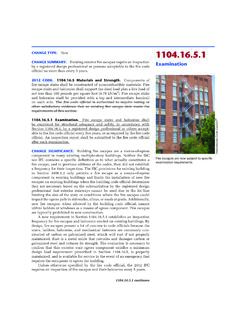
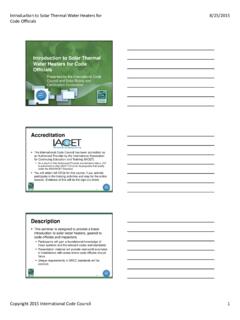
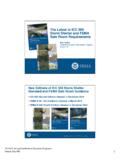
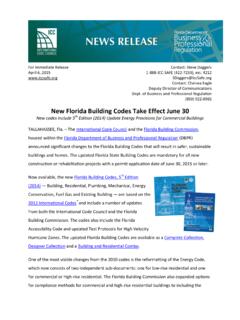
![[Ref. Table R602.3.5] [Ref. Tables R502.5(1 ... - …](/cache/preview/2/7/1/b/a/7/f/1/thumb-271ba7f161daa80f212379f2aed9ba5f.jpg)
